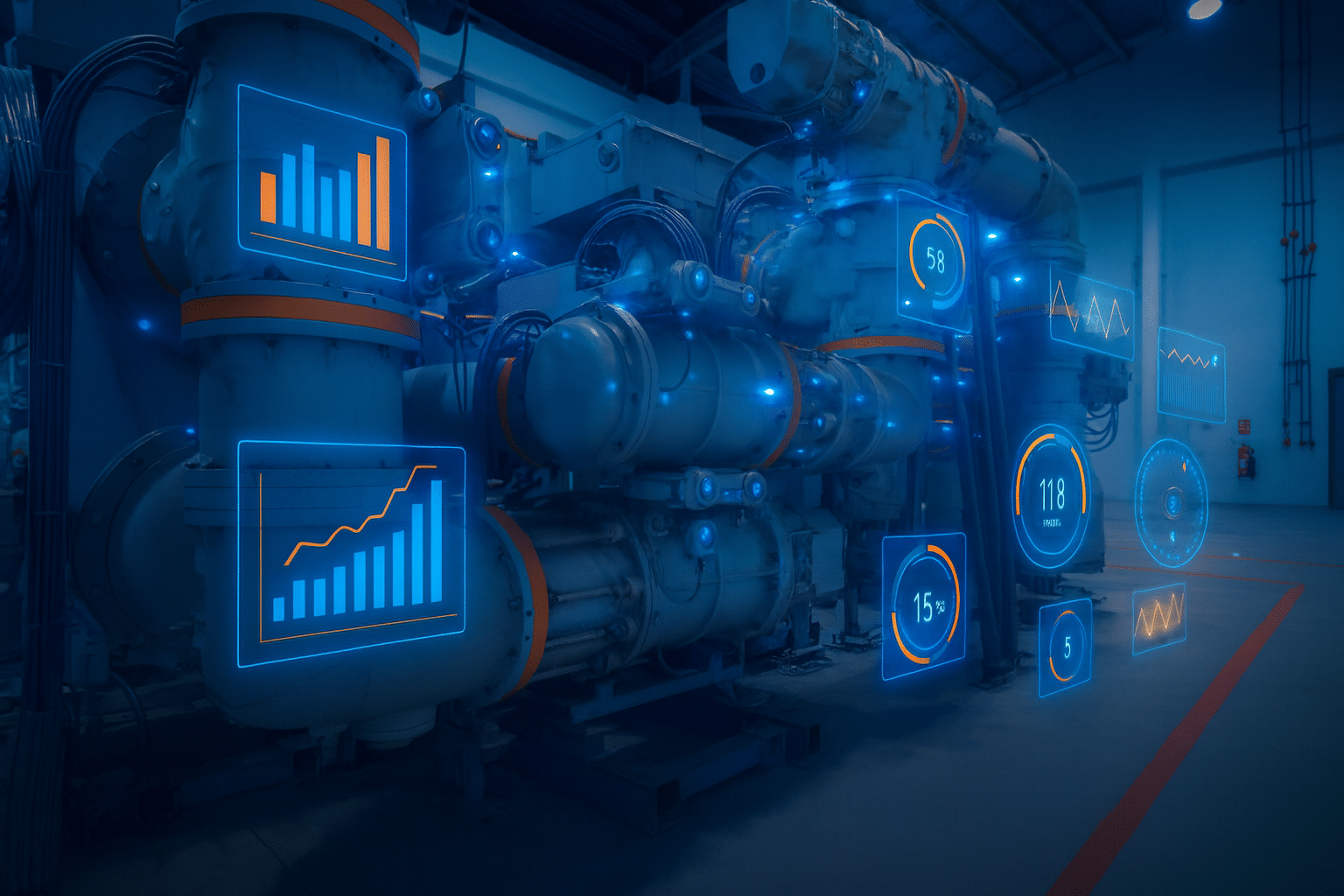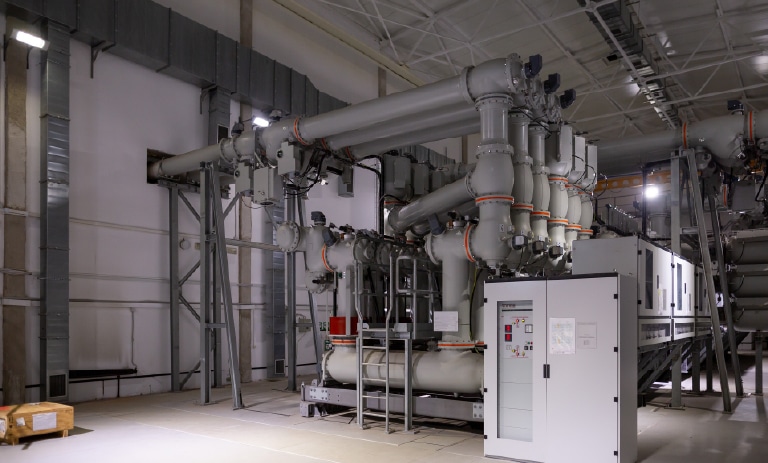
Gas Insulated Switchgear, Transformers, Breakers Condition Monitoring
As electrical infrastructure ages and demand grows exponentially, utilities face unprecedented challenges in maintaining system reliability. Traditional maintenance approaches are no longer sufficient when equipment failures can cost millions and lead times for replacements have doubled due to supply chain constraints.
The solution lies in transforming how we monitor and maintain critical assets through intelligent condition monitoring systems that go far beyond simple sensor deployment. This article explores how utilities can evolve from reactive maintenance to strategic asset management using AI-driven diagnostics and predictive intelligence.
Companies manage electrical equipment in vastly different ways—not just based on technical specifications, but also on their organizational values and commitment to delivering reliable power.
Each organization operates under a distinct philosophy shaped by its culture, priorities, and reasons for owning the equipment. These philosophies influence how they approach operation, maintenance, and diagnostics of aging electrical infrastructure.
Whether it’s an electric utility, industrial plant, or institutional owner, their philosophy determines what they consider “right” or “wrong” in maintenance, how they respond to wear and tear, and how they prioritize failure prevention.
Understanding these perspectives is essential for engineering teams, asset managers, and operations and maintenance teams tasked with designing and implementing condition monitoring systems that align with organizational goals.
In the evolving landscape of utility asset management, the role of condition monitoring (CM) has shifted from being a reactive tool to a proactive engineering strategy.
As electrical infrastructure ages and operational demands intensify, CM becomes essential not just for maintenance but for ensuring:
This strategic shift is especially critical in an era where electrical demand is growing exponentially, and lead times for new assets have doubled or even tripled due to supply chain constraints.
CM enables engineers to track the health of critical assets—transformers, breakers, gas-insulated switchgear (GIS), and underground cables—using real-time data from sensors measuring partial discharge, gas density, leak rates, temperature, humidity, and other parameters.
These measurements are not just numbers—they are early indicators of degradation, asset condition, insulation breakdown, and potential catastrophic failures.
The challenge is not in collecting data, but in interpreting it correctly. Raw sensor outputs can be noisy or misleading without structured analysis. Intelligent systems must filter, classify, and contextualize this data to support decision-making.
Take partial discharge (PD) monitoring as an example. A standard system with hardware and application software is not sufficient. What makes the difference is the system’s ability to:
Qualitrol’s PD monitoring system for GIS, for instance, goes beyond simple detection. It classifies captured signal types, indicates the probability of defect types, and uses true UHF PD hardware to filter interference and improve signal-to-noise ratio.
This enables engineers to make confident decisions and prevent failures based on reliable diagnostics. To fully realize the value of condition monitoring tools, we need more systems designed with this level of precision—where hardware, software, and analytics work together to deliver actionable insights.
The future of CM lies beyond static threshold-based alarms. Machine learning models can:
By incorporating AI and leveraging known data and historical performance, utilities can improve diagnostic accuracy and standardize maintenance practices. This not only enhances reliability but also builds trust in CM systems across the organization.
Condition monitoring is not just about deploying sensors—it’s about engineering a system that transforms data into actionable intelligence. As utilities transition toward asset management and reliability-centered maintenance, CM becomes the backbone of operational strategy.
The integration of AI into CM systems allows utilities to:
However, this evolution does not replace the need for domain expertise—it amplifies it. Implementing these complex systems requires deep knowledge of electrical assets, failure modes, and operational environments. The role of engineers and subject matter experts is more critical than ever.
AI and intelligent diagnostics are tools, not substitutes. They accelerate decision-making, enhance visibility, and support strategic planning, but they must be guided by experienced professionals who understand the nuances of asset behavior and system performance.
In short: Condition monitoring powered by structured data and AI is the future—but only when paired with the expertise of those who know the system best.
References:

Pinpoint Flashovers in Seconds: Restore Power Faster A fixture in modern substations, Gas Insulated Switchgear (GIS), serves as the backbone interconnecting other assets. When insulation defects grow into flashovers, they

Condition Monitoring Fails and How to Avoid Them Condition monitoring lets you avoid surprise outages while spending maintenance money where it matters. The challenge is execution. These are the five
Get the latest from Qualitrol. Register now for special updates, offers and promotions.
Sign up now